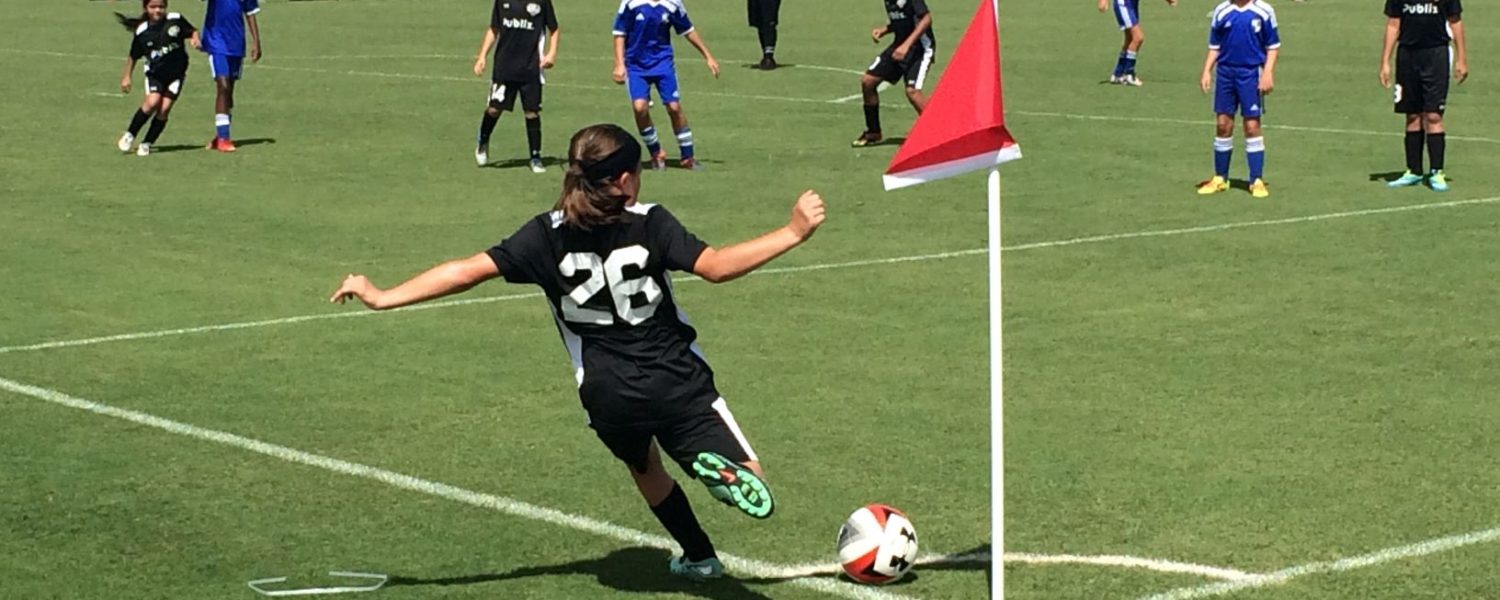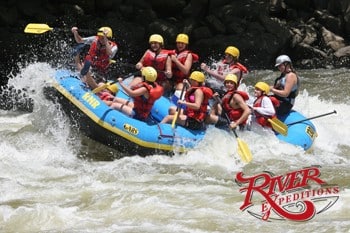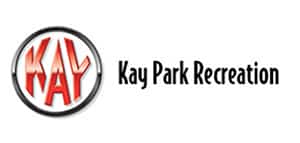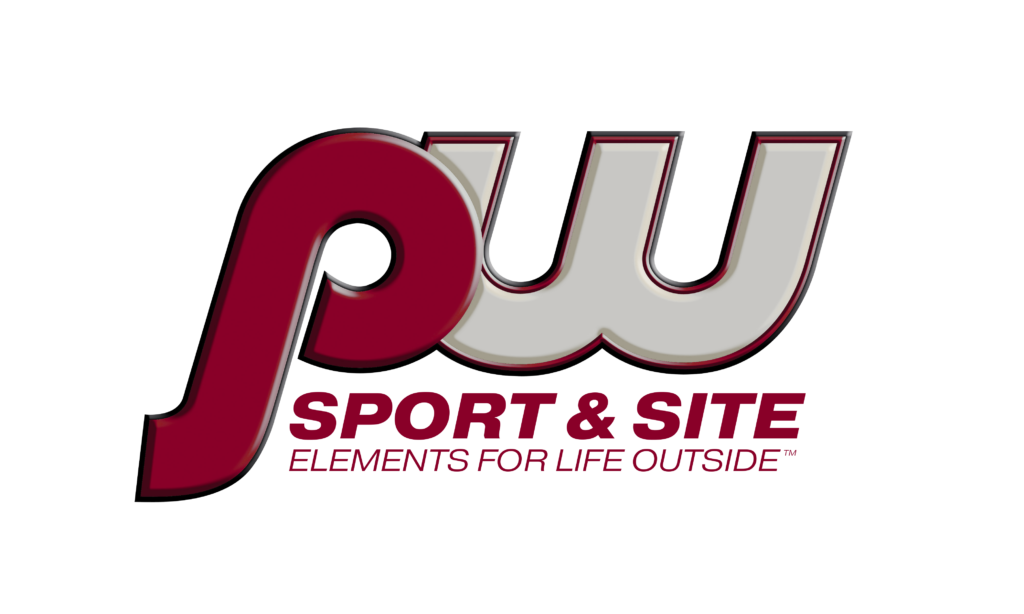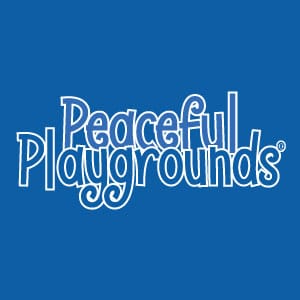Nearly every school has athletic-based activities even if only physical education classes or intramural activities. Students are being introduced to a variety of athletics as part of daily curriculums in an effort to create more active lifestyles, but all too often the schools don’t have a safe and reliable athletic space for the students to use.
Here are the key steps to navigating the many variables in selecting the best approach to creating new or enhancing existing athletic areas within your school.
Budgeting
Athletic fields and facilities are generally not at the top of the budget lists for schools. They are often met with spending limitations that are challenging to say the least.
To develop an effective budget for your school, the first step is to outline the exact needs for your school. Smaller schools may need limited areas for athletic activities, while large schools need multiple athletic field locations supporting a variety of purposes.
The other limiting factor for all schools is the availability of indoor or outdoor space for athletic activities. Every school is different in their needs, but the common thread is the approximate cost range for athletic areas.
Figure out how much area and what activities you will be supporting with that area. A general rule of thumb is to measure the area or areas in total square feet first, and then multiply the square feet by $8 for synthetic turf athletic areas or $4 for irrigated natural turf grass areas.
Synthetic turf areas are generally double the cost, but the break-even point when compared to natural turf grass areas is about six years, due to ongoing watering and maintenance costs with natural turf grass.
If an area is heavily used, then synthetic turf grass is an overall better solution. If you don’t have the ability to calculate the areas yourself, there are several choices available throughout the country for athletic field designers and builders that can assist in your efforts.
Many schools have figured out ways to allow third parties to rent their athletic areas during downtime to help the budgeting process by providing a source of revenue. This should always be a consideration in your efforts.
Financing
Once you’ve figured out how much money you’ll need for the athletic improvements, we need to quickly turn the attention to how the project gets financed. Private schools generally don’t get much assistance from local government for funds and have to rely upon donations or other methods of financing.
Fortunately, there are options beyond traditional fundraising that are available to private schools now. Specialty lenders are available to lend to schools under not-for-profit 501c3 guidelines.
Partnering with local athletic clubs and organizations for funds to help capitalize improvements to your athletic areas in exchange for long-term use is another method that has proven to be useful.
Planning
The planning process can be somewhat complicated, but it is a necessary step. If an existing athletic area is being renovated or replaced, this can add to the complications. You will need to identify what activities are currently occupying the existing athletic area and how to relocate those activities during construction.
Your design/construction company can usually work with you to identify the length of time for construction and also figure out the best period of time that the athletic area can be unavailable to users during construction. You’ll want to hire a civil engineer in most cases to create a scaled site plan of improvements, and the civil engineer can assist with any permit issues.
If this is new construction of an athletic area, it simplifies the scheduling issue but brings in a host of new possible hurdles. You will want to hire a qualified civil engineer to make sure the proposed athletic area site can be permitted for such use.
The civil engineer may need to hire the services of environmental engineers for sites that have specific challenges with various environmental challenges that need to be independently evaluated. Environmental issues can take months to years for proper permitting, so it’s best to avoid building on sites that have these challenges.
Your athletic field construction company can usually recommend local qualified civil and environmental engineers to work with on your project.
Construction
Now it’s time to build or renovate your athletic area. Make sure that you understand the timeline that has been provided by your athletic field construction company, and make sure that construction company that you’ve chosen is qualified to complete the type of work within your project scope.
There are companies that specialize only in athletic field construction. Some of these companies only work on synthetic turf athletic fields, and some work on only natural grass athletic fields. There are several companies across the country that work on both types.
Make sure that your construction company keeps you informed weekly regarding the progress of the project and report any problems or issues. If your project is large and has several athletic areas being worked on at one time, you should consider hiring a third-party owner’s representative or use your civil engineer to monitor the progress of the project and compare it to the timeline. This is especially important if you have a tight schedule to completion and need to use the new athletic areas by a certain date.
Maintenance
Lastly, you’ll want to develop a solid and reliable maintenance regiment for your new athletic areas. Natural grass areas are much more difficult and time-consuming to maintain. They require constant attention, and a schedule needs to be developed to ensure the quality of those areas throughout the year.
If you don’t have someone on staff that has experience in maintaining athletic areas, there are local professional grounds maintenance companies available to assist you at least during the first year or two until you understand the routine and can self-perform the tasks. Your construction company may be able to recommend local maintenance companies to choose from or assist in training your staff properly.
Synthetic turf athletic areas are generally a lot easier to maintain. They may require grooming annually to smooth out the infill within the synthetic turf fibers. There are maintenance companies that can groom your synthetic athletic areas on a regular basis if you don’t own the grooming equipment. Ask your construction company about the equipment needed.
Most synthetic fields are engineered for a useful life of between 10 and 14 years. Be sure to verify warranty periods for product and workmanship before entering into a contract. Typical warranty periods are about 8 years for the product and 1 year for workmanship.
Jason Payne is the chief executive officer of Turf Solutions Group LLC (TSG), which provides athletic field and sports complex design and construction services throughout the United States, www.turfsolutionsgroup.com.


